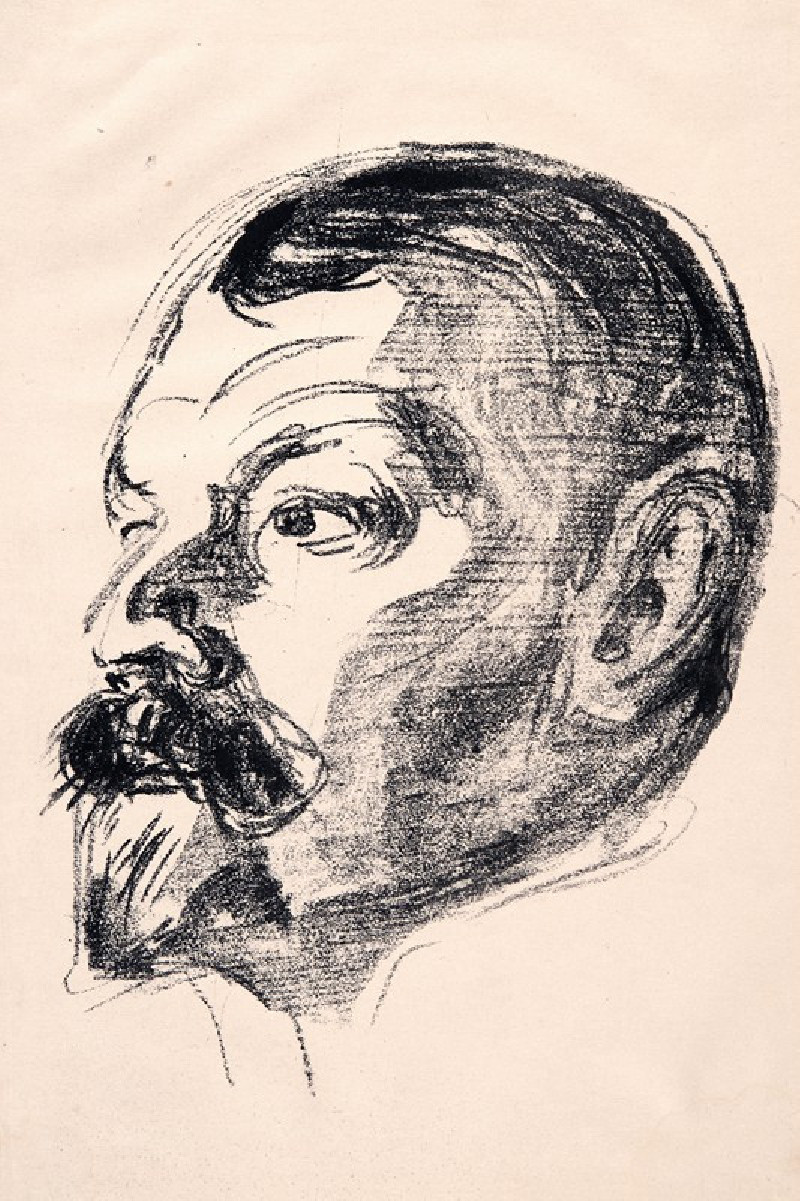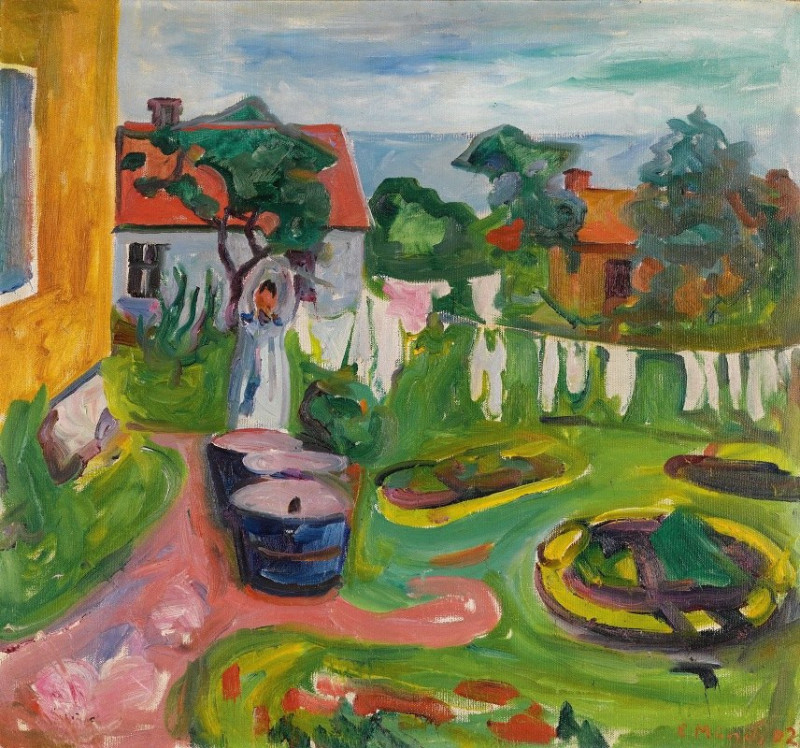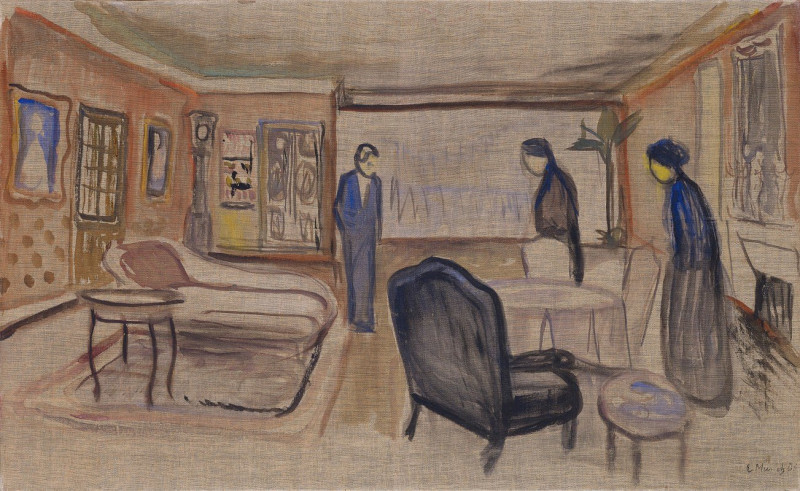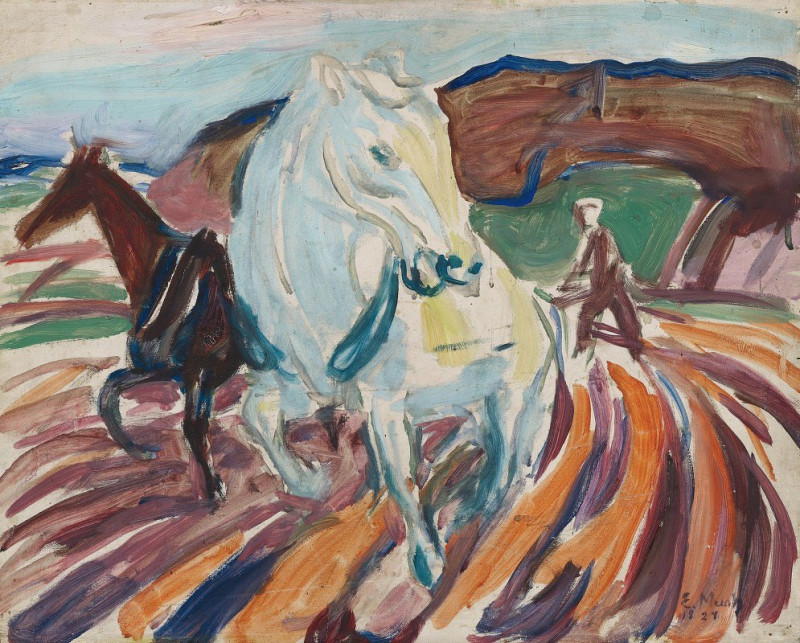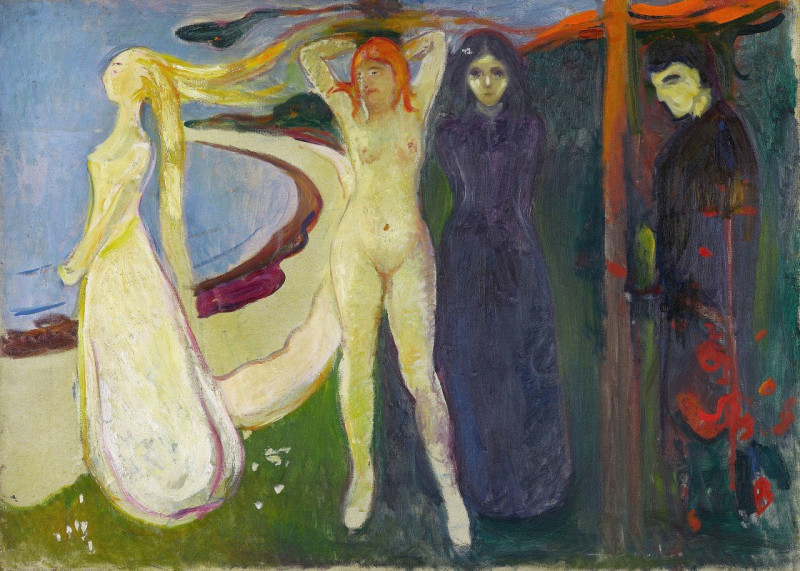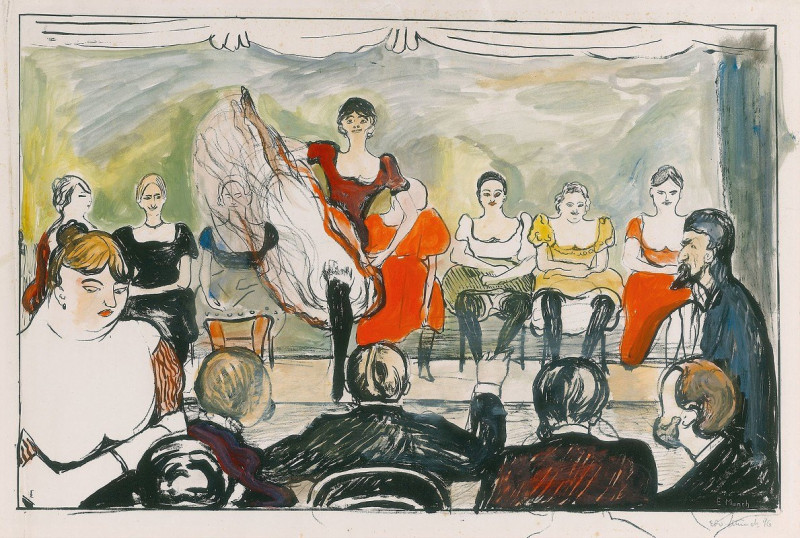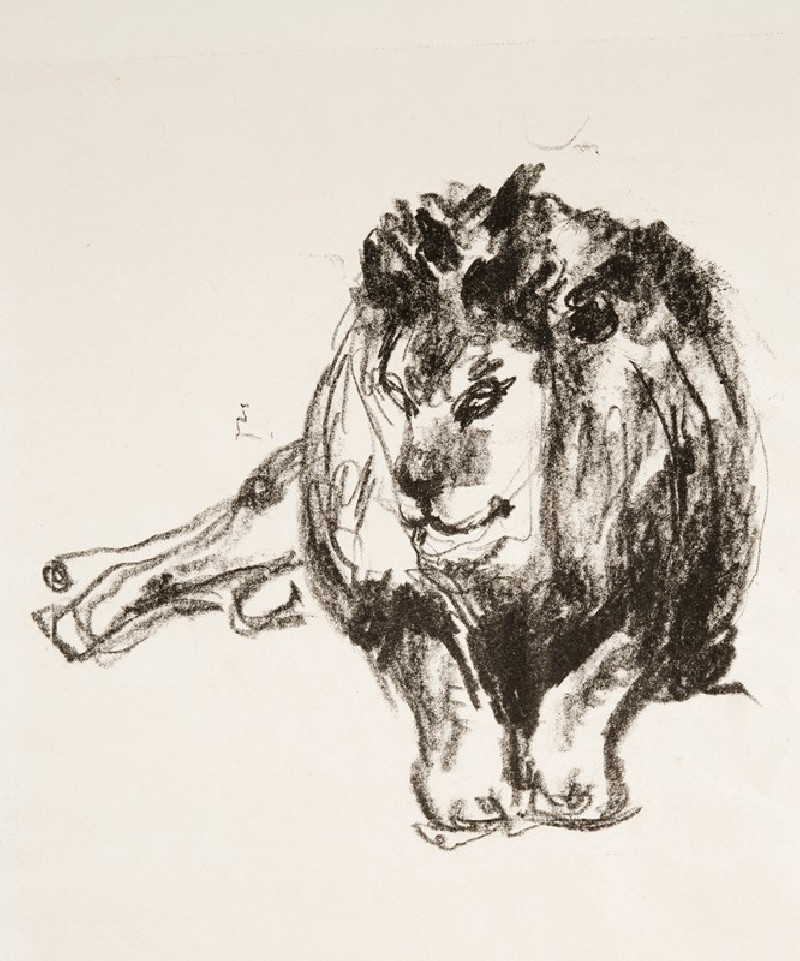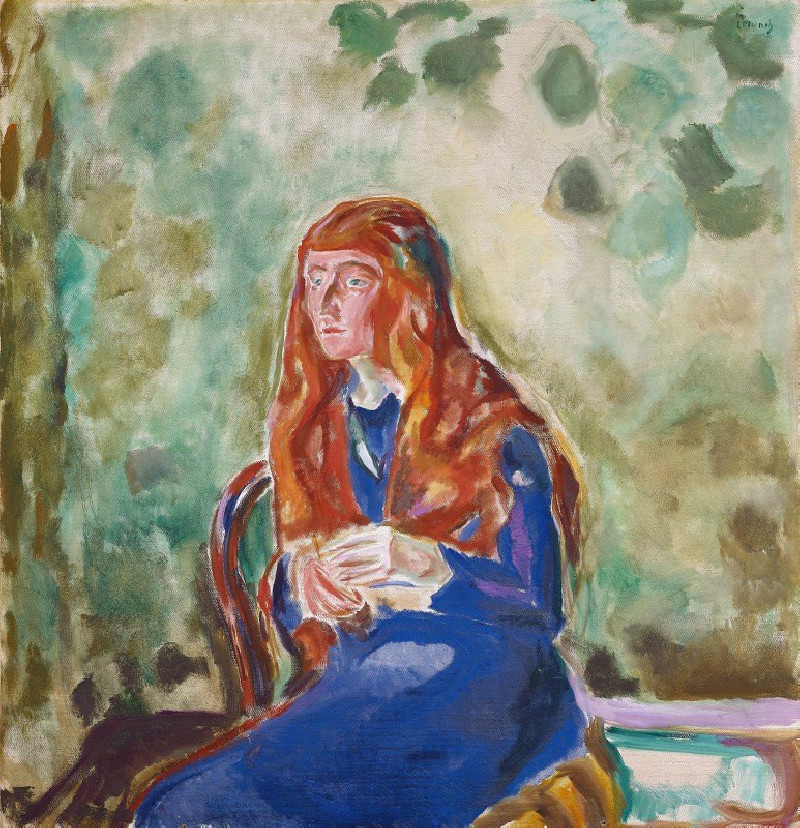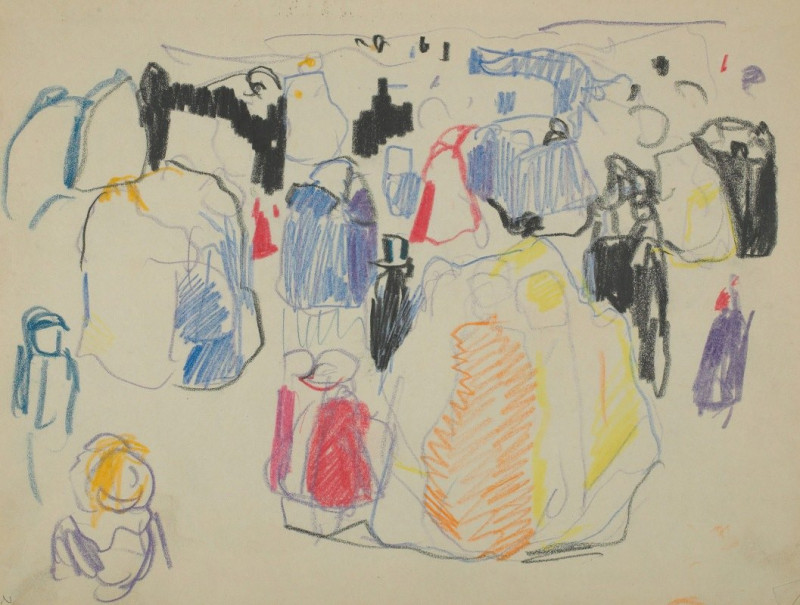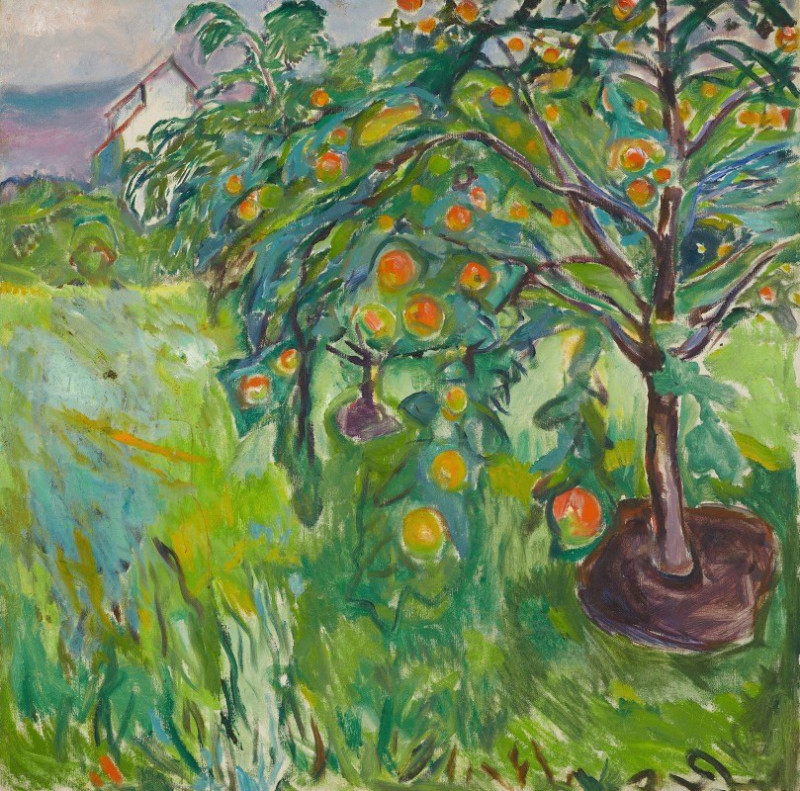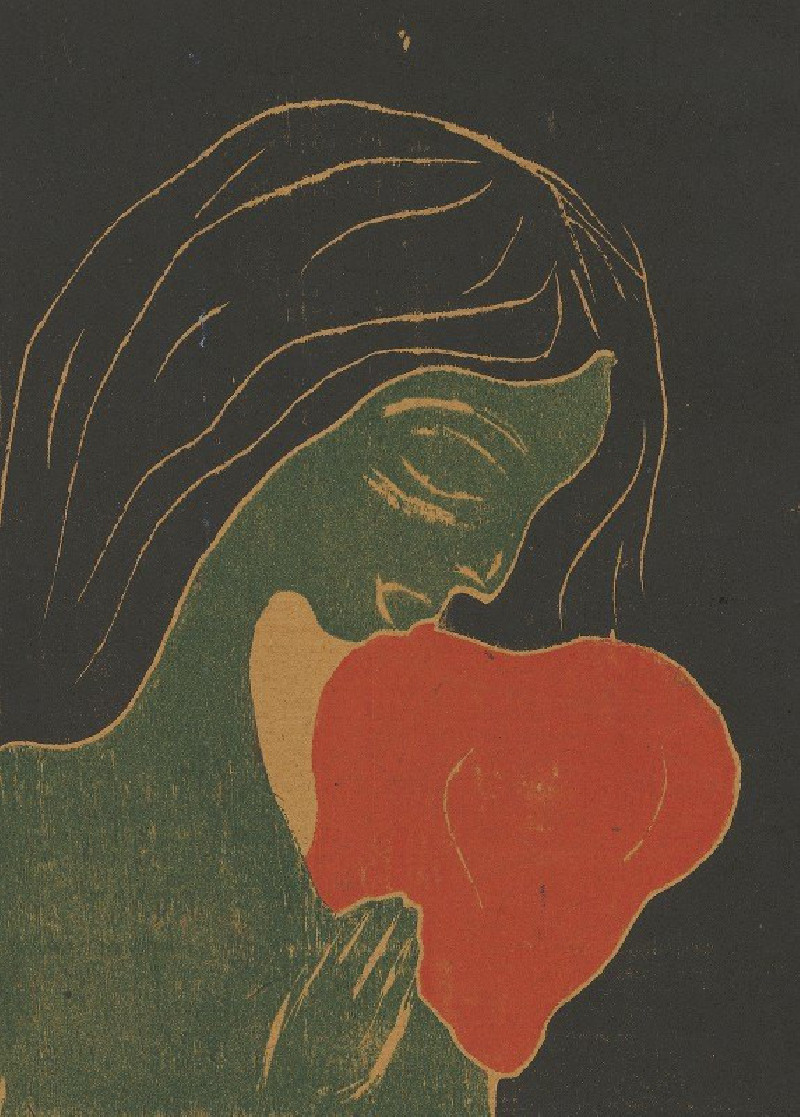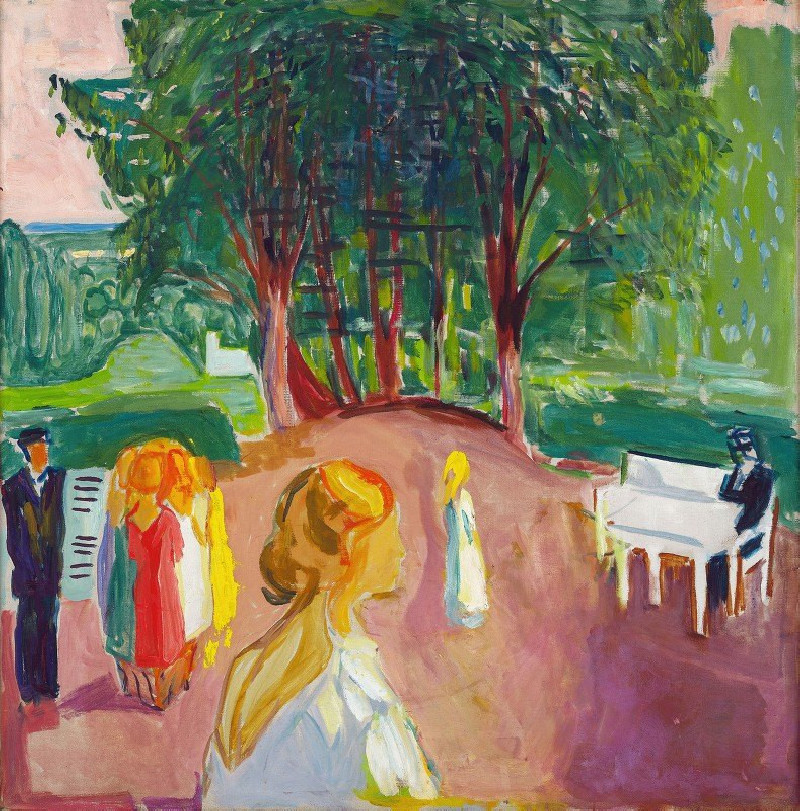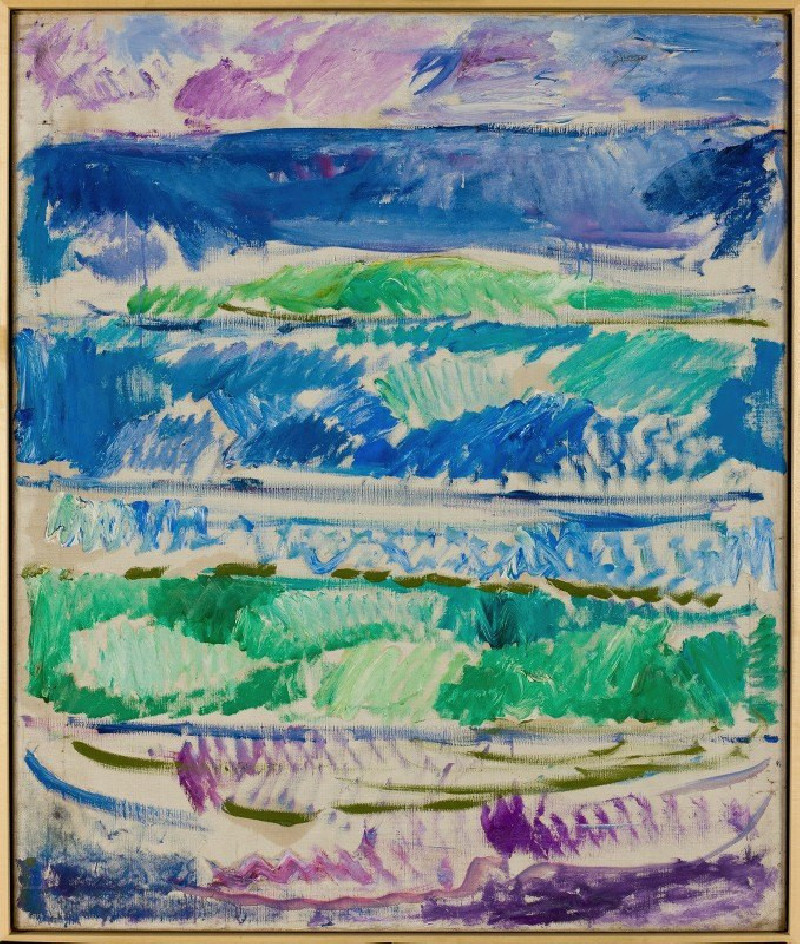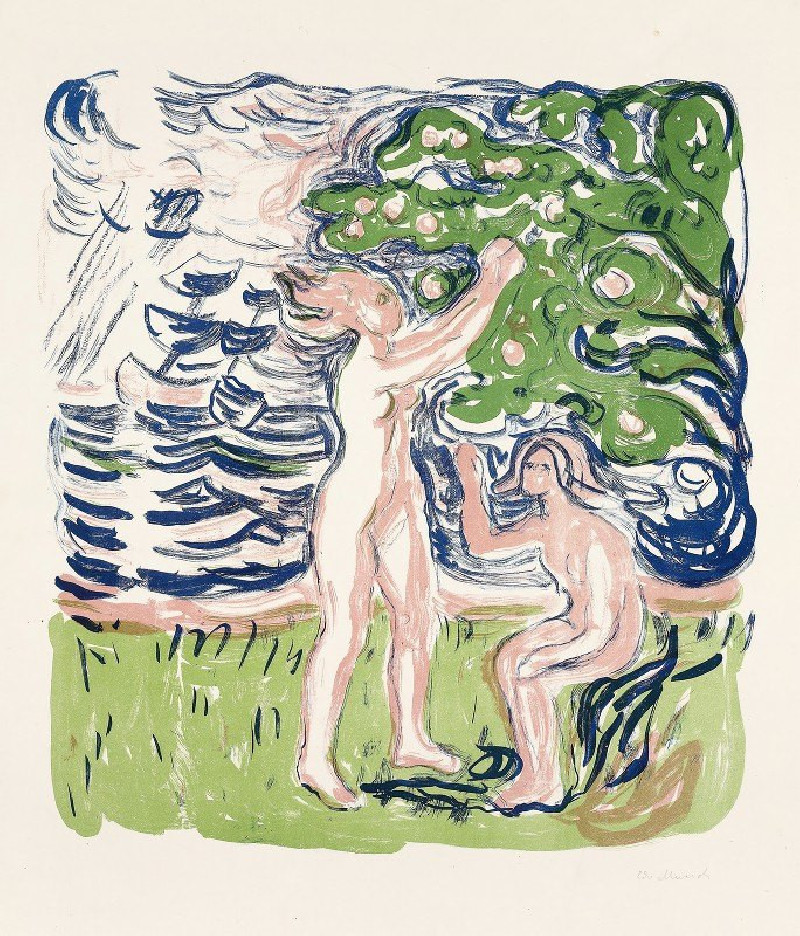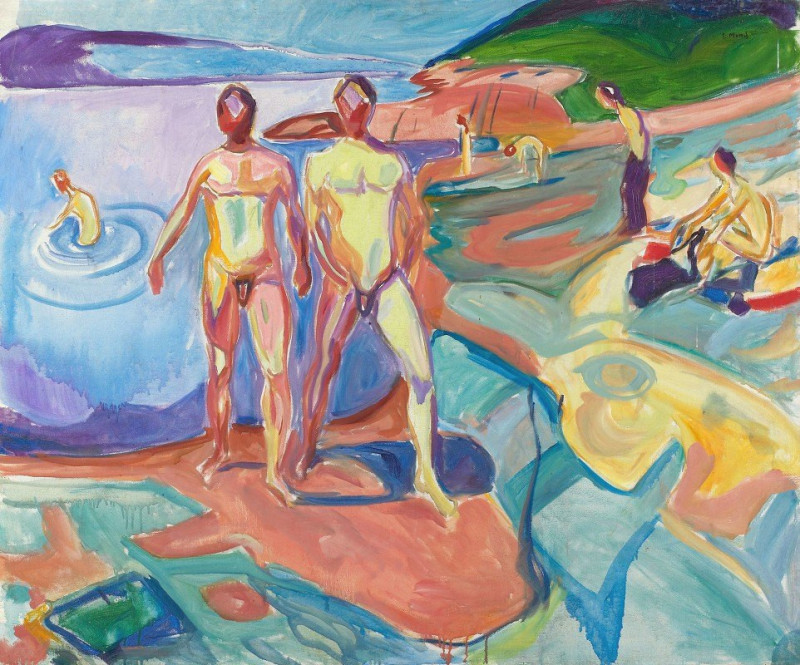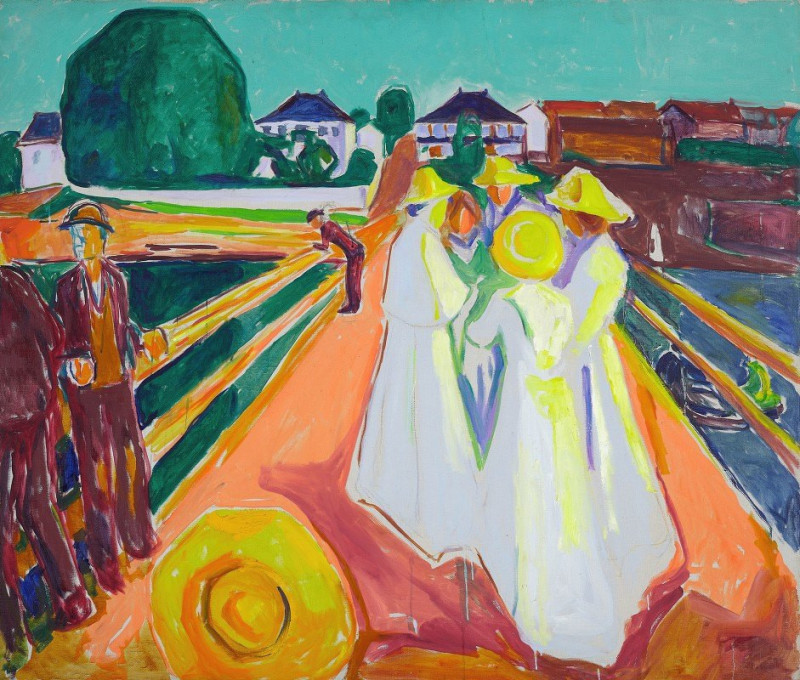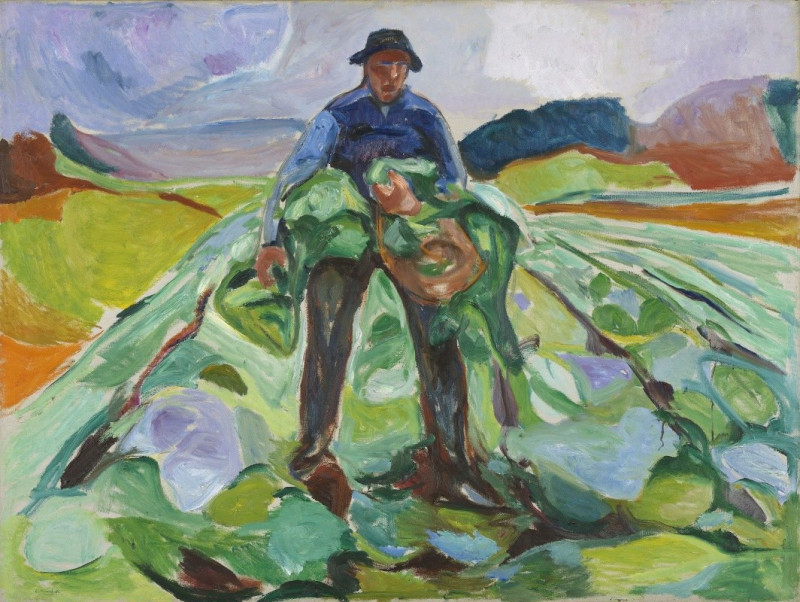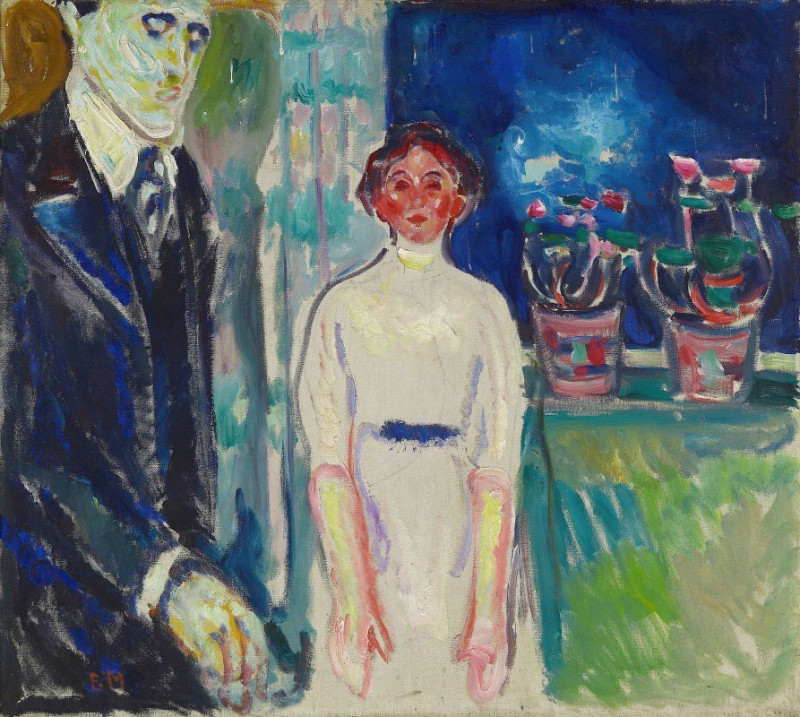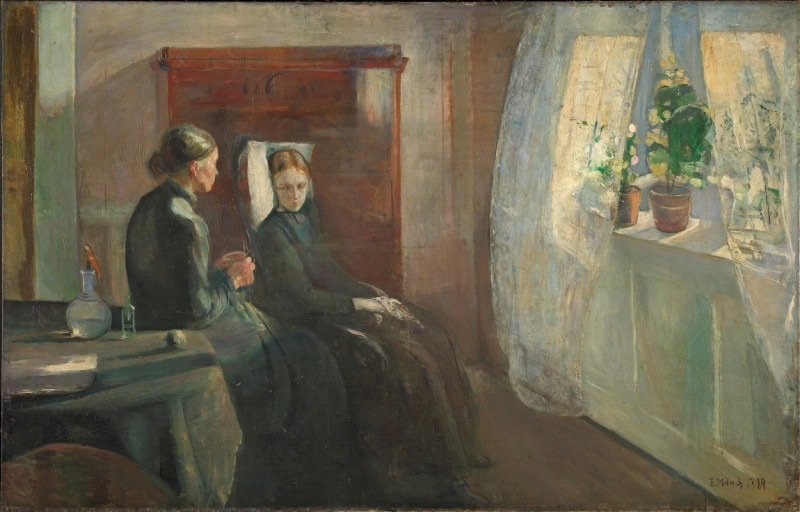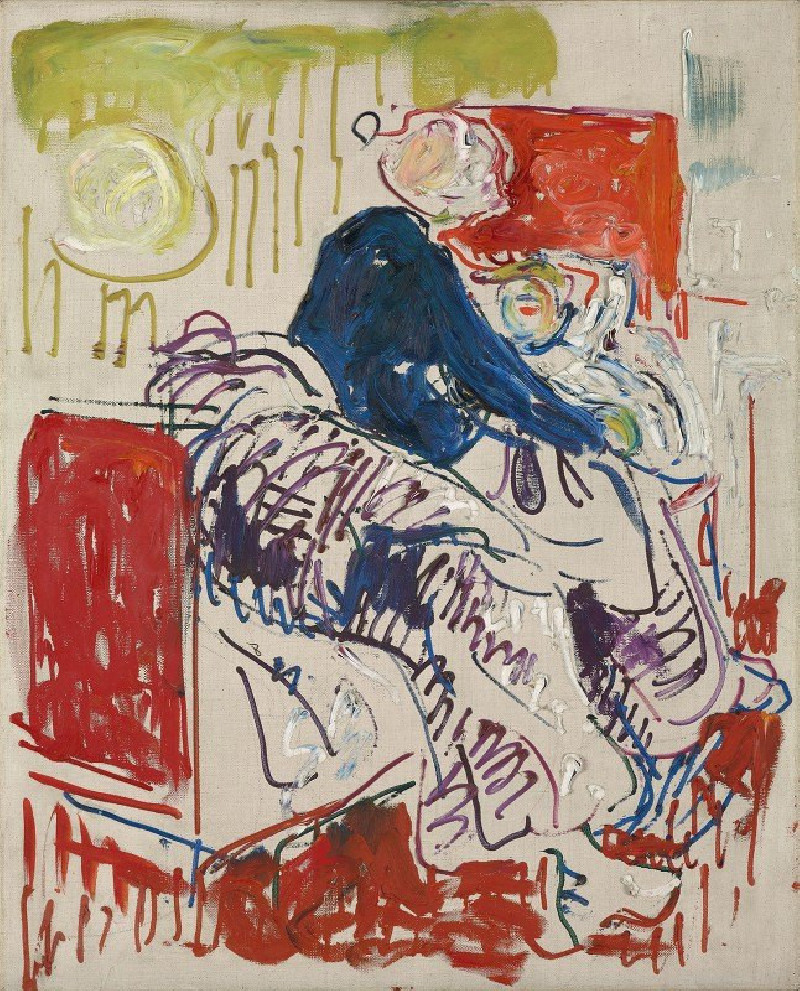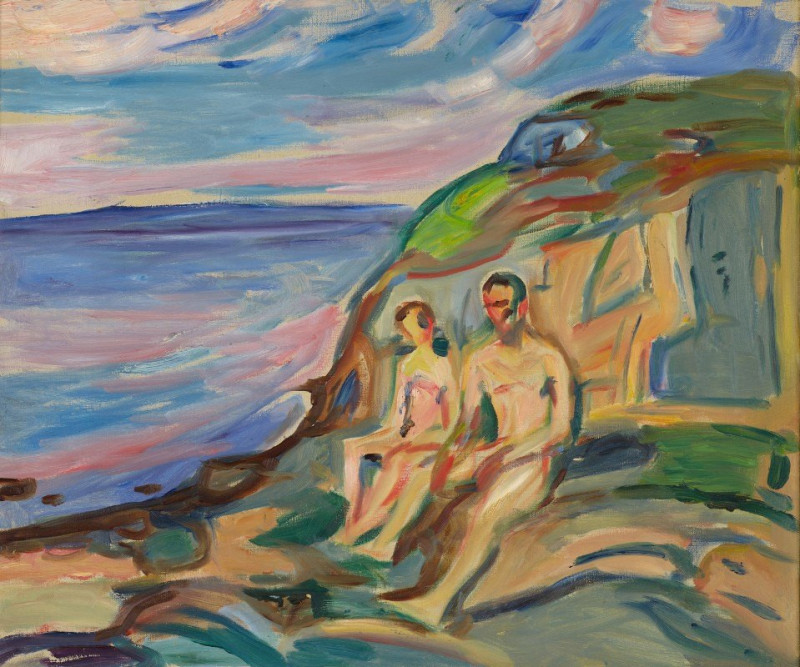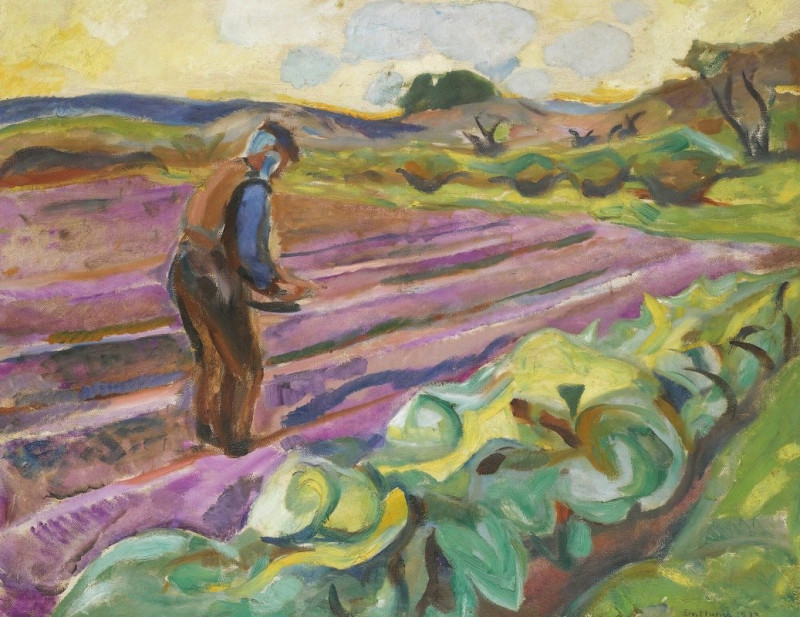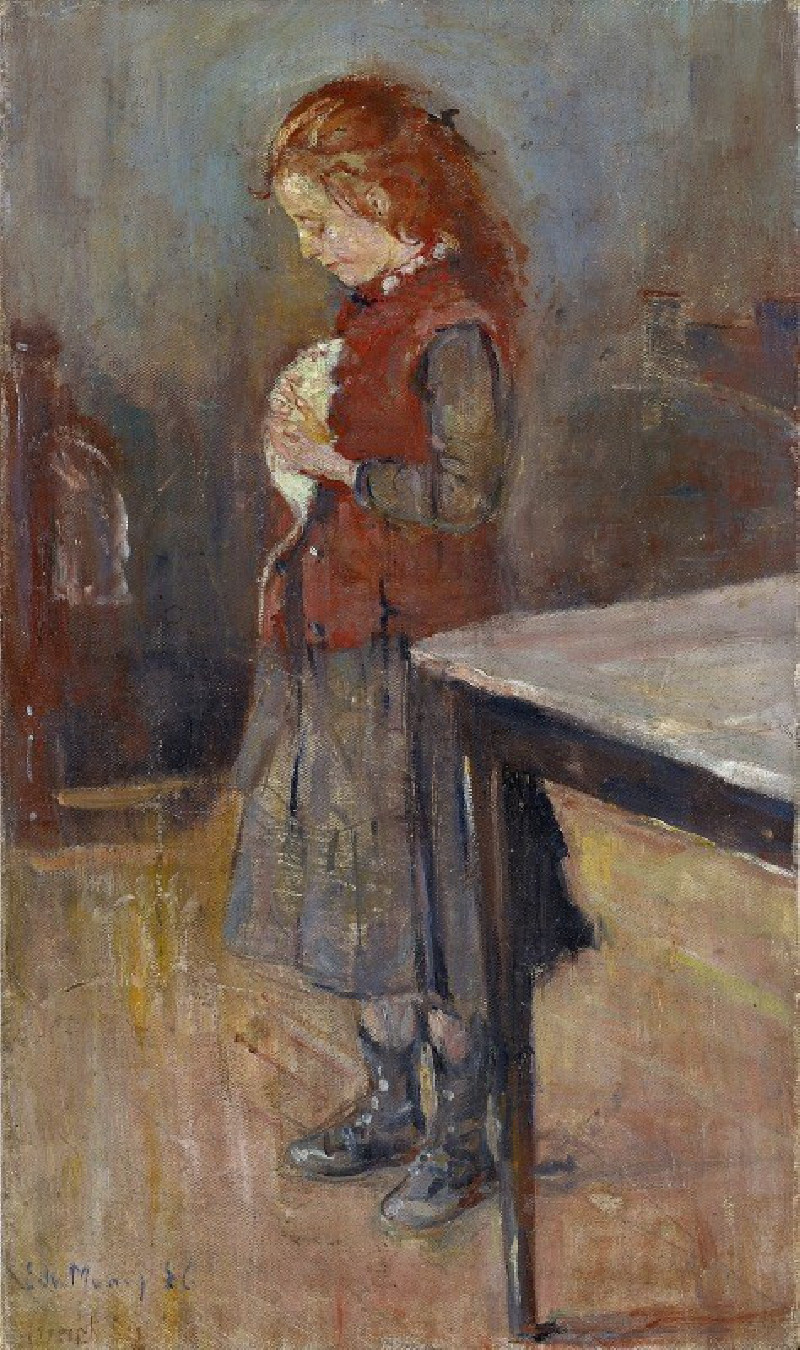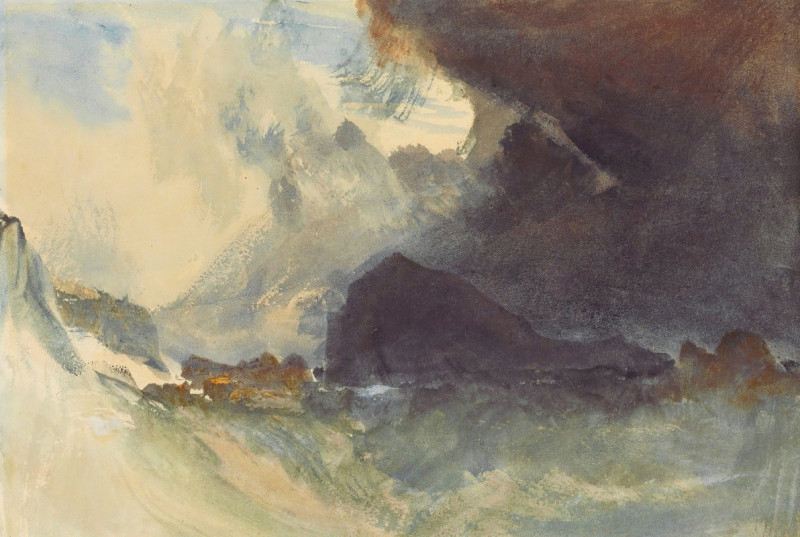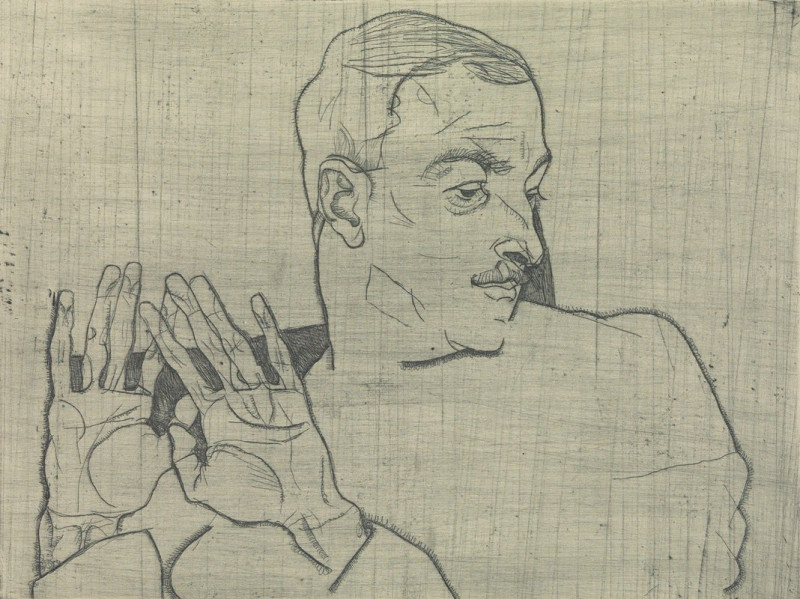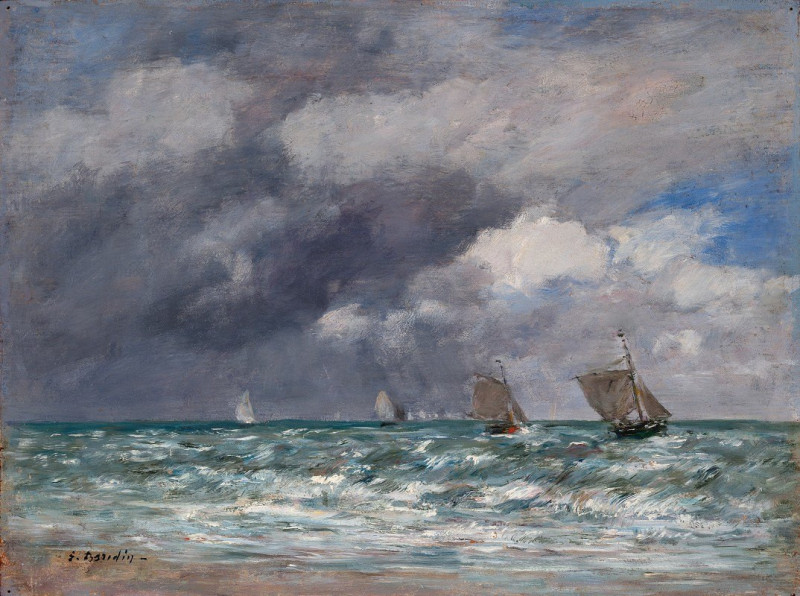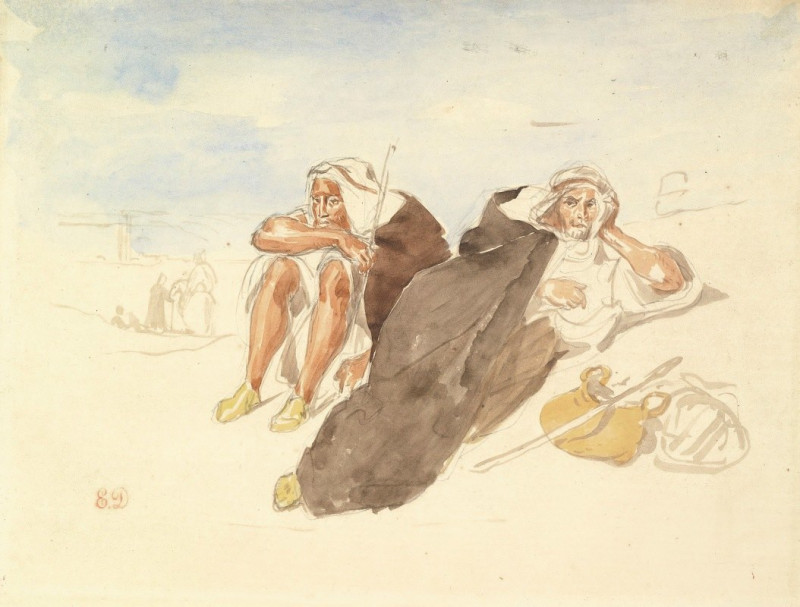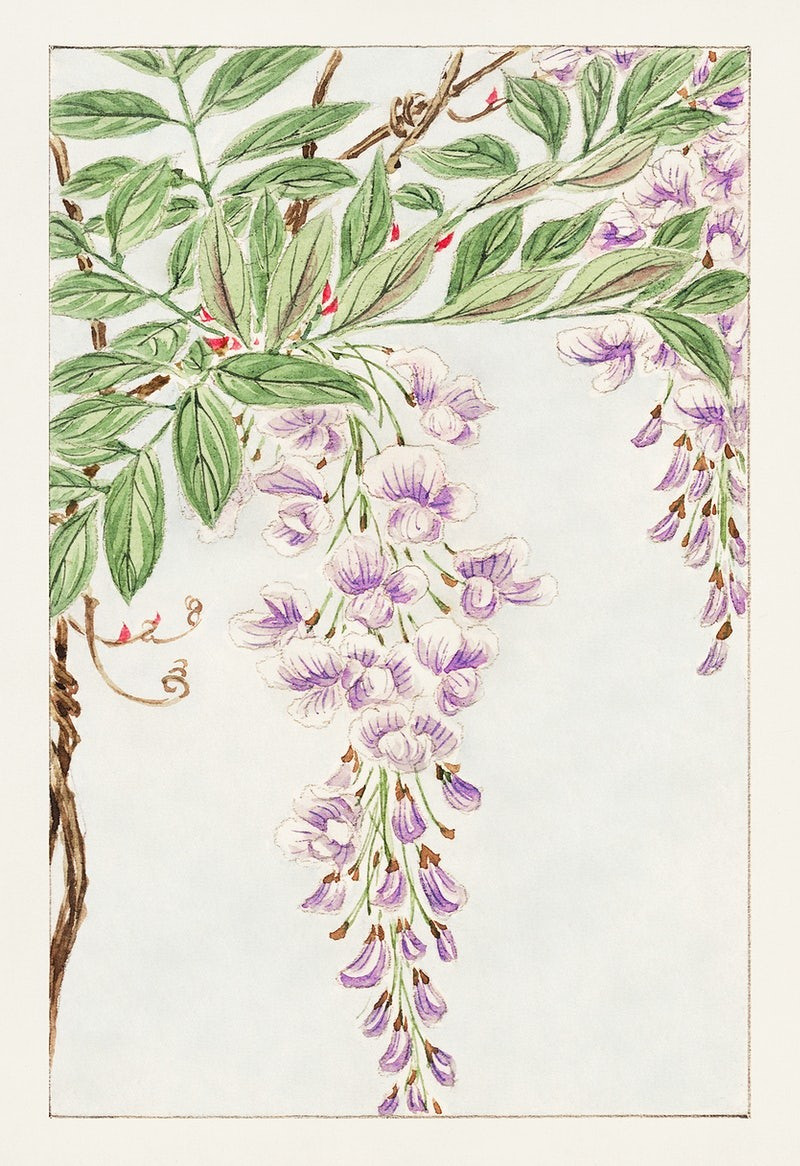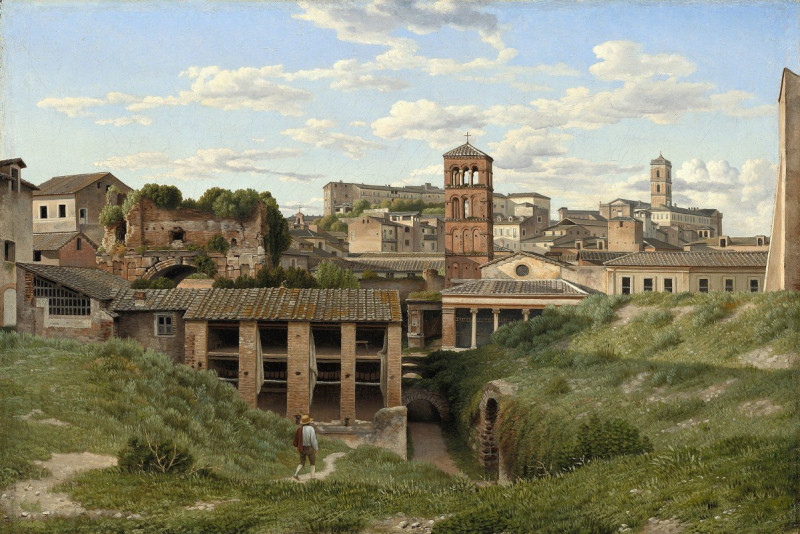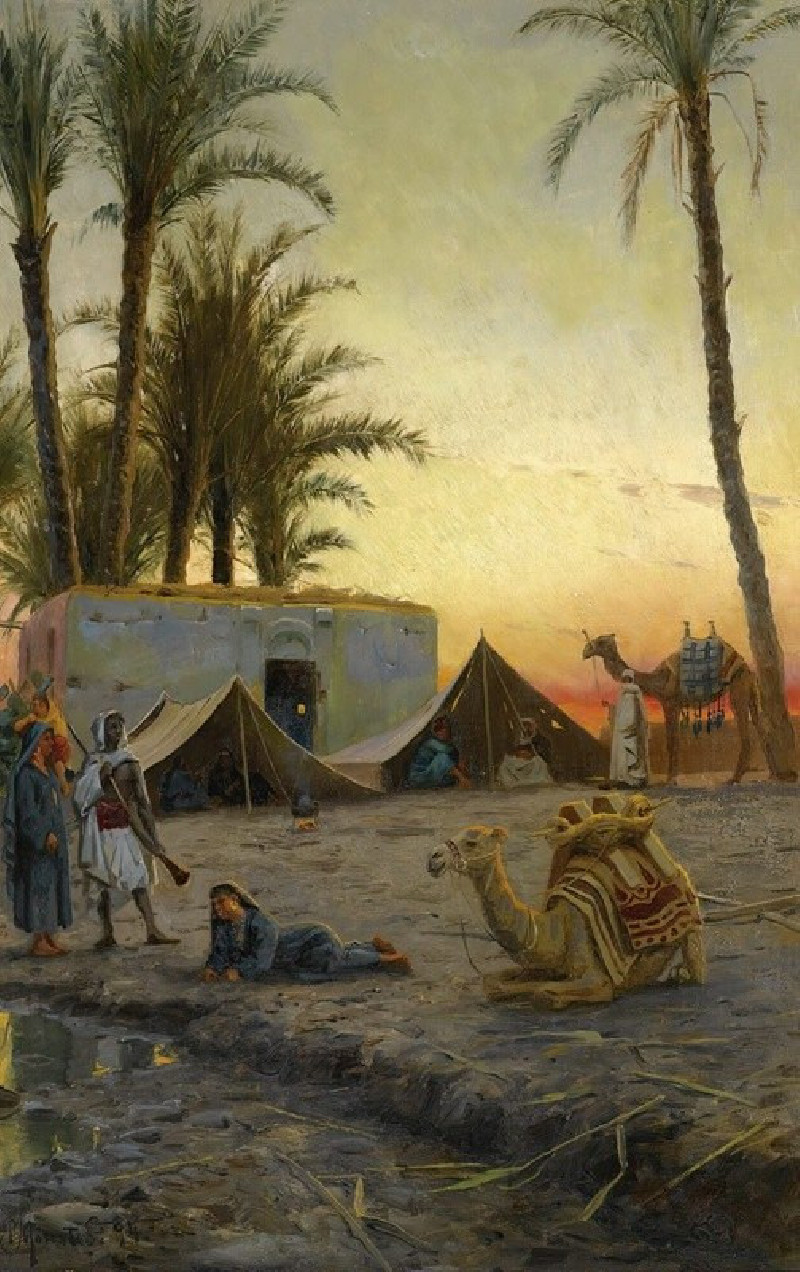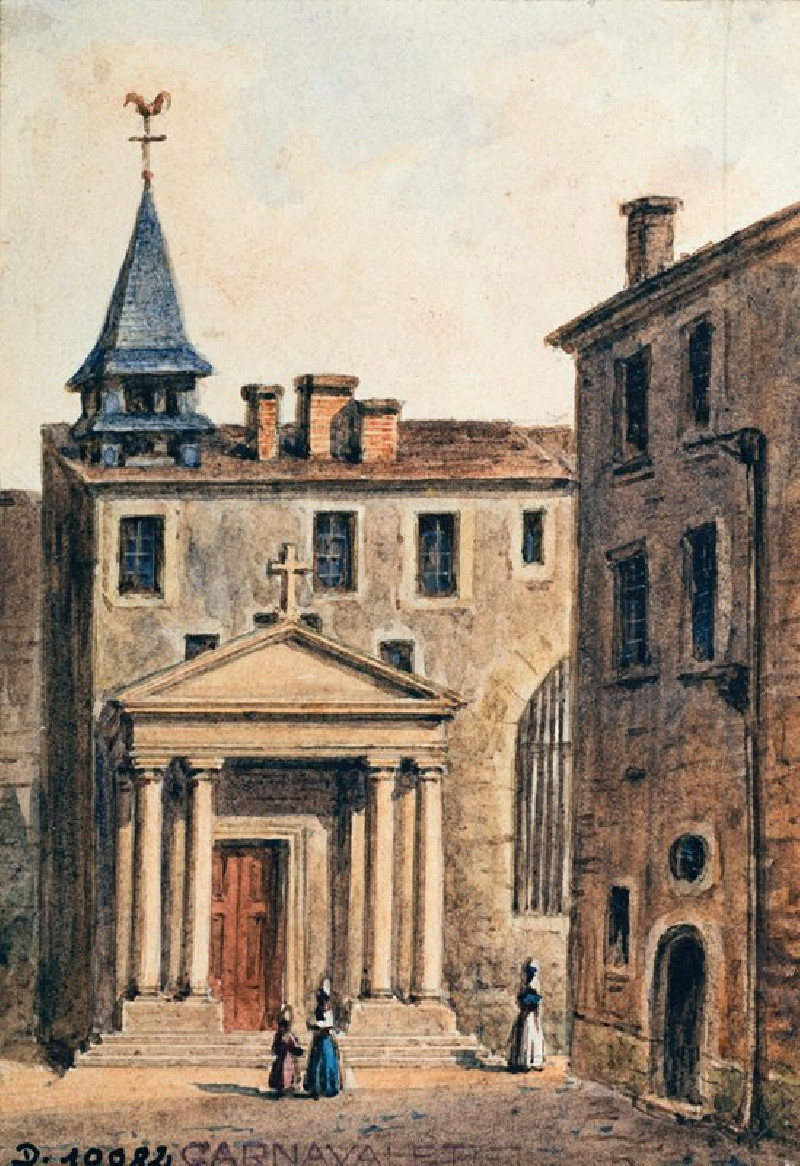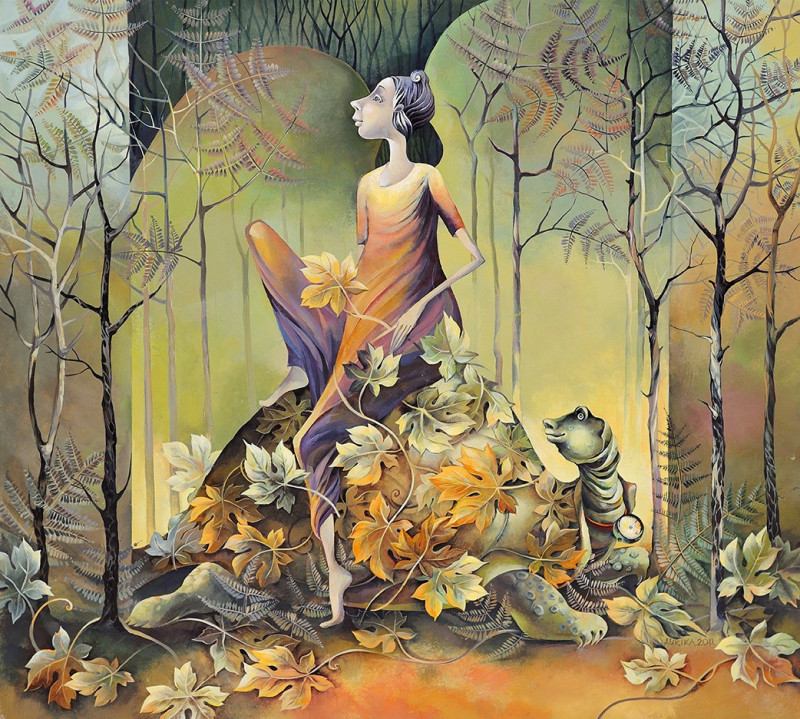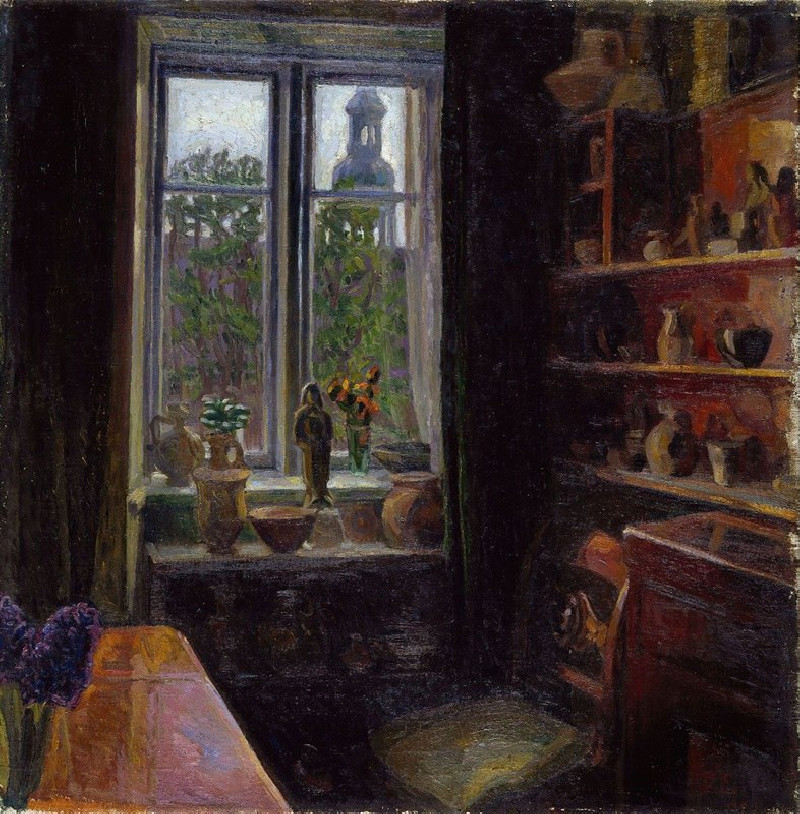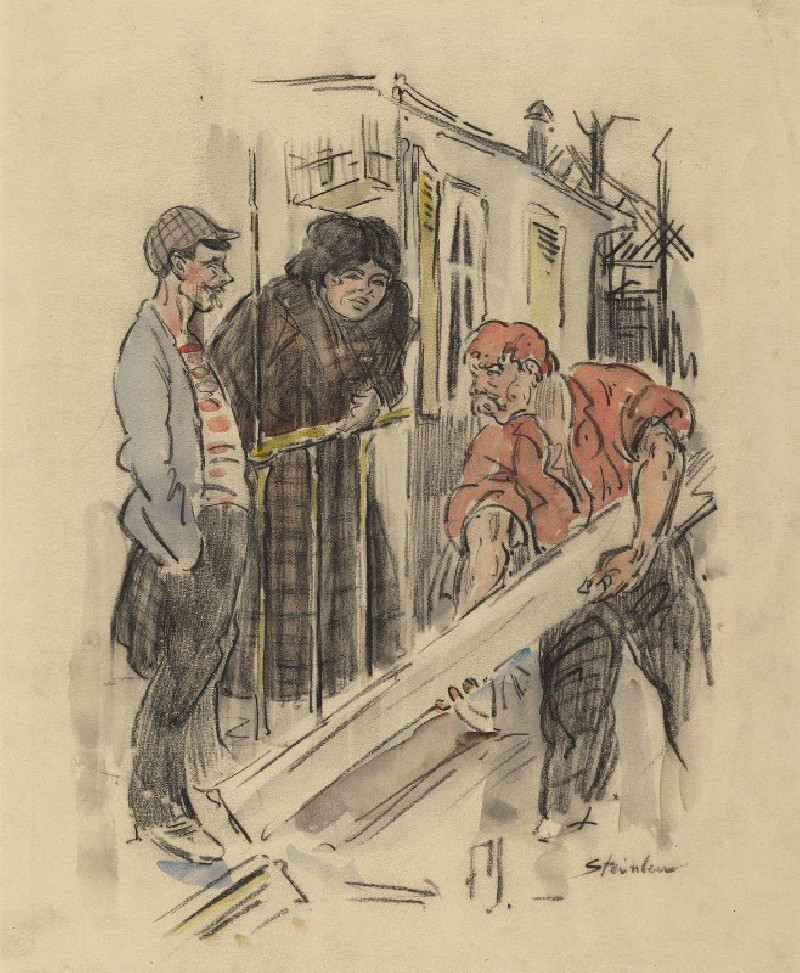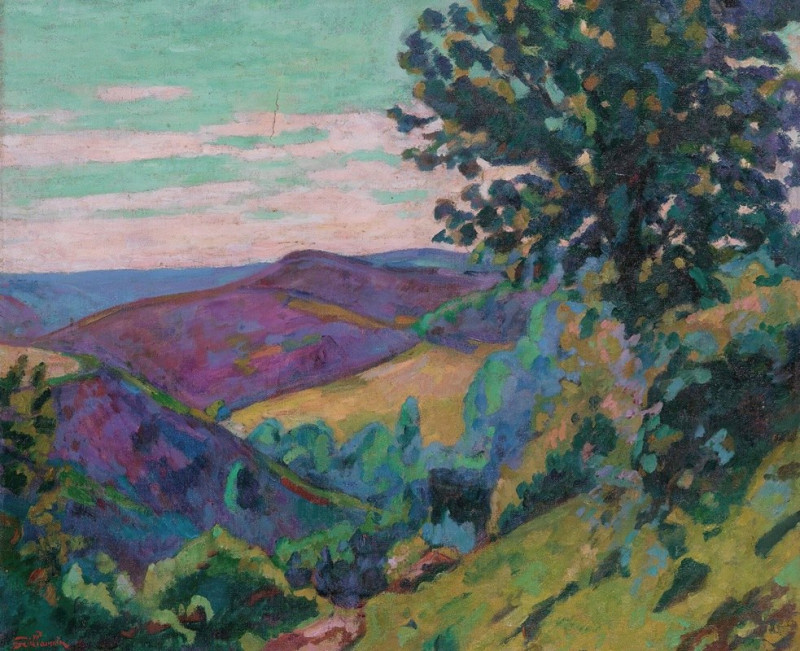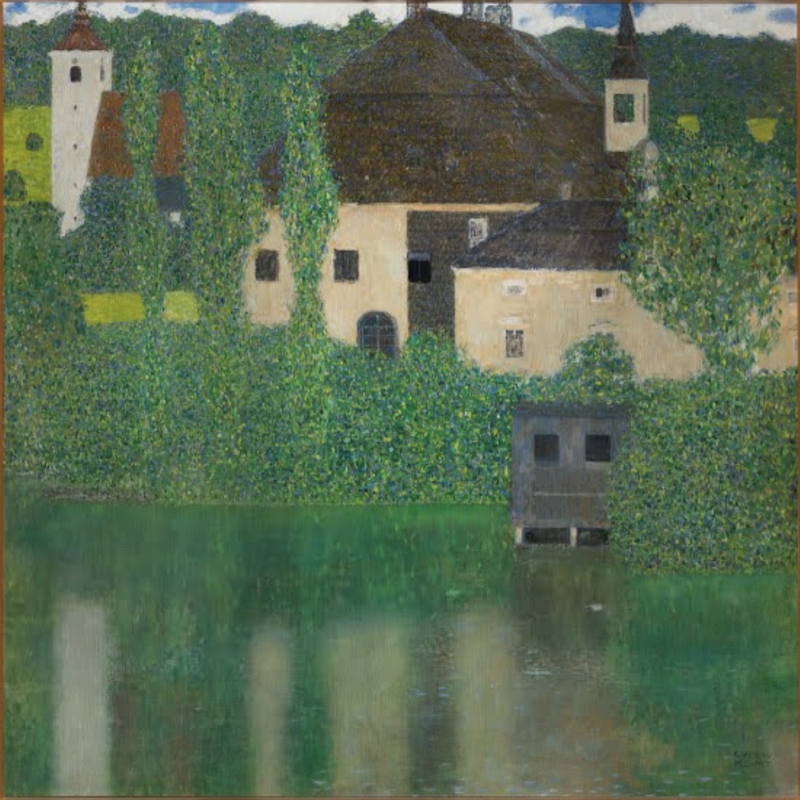Jens Thiis (1913)
Technique: Giclée quality print
Recommended by our customers
More about this artwork
This artwork by Edvard Munch titled "Jens Thiis" from 1913, is a striking charcoal sketch depicting a side profile of a man's face. Munch has masterfully captured intensity and character through quick, expressive lines and shading, which bring out the deep set eye, prominent cheekbone, and the detailed, twirling mustache. The shadowing around the cheek and neck suggests depth and dimension, emphasizing the rugged facial features.Jens Thiis was a notable art historian and museum director, and this portrait likely reflects his strong personality and intellectual presence. Munch's technique here is typical of his style, with a focus on emotional and psychological depth, even in a seemingly straightforward sketch. The overall impression is one of a dynamic, yet somewhat introspective individual, possibly caught in a moment of thoughtful consideration.
Delivery
Returns
Edvard Munch (12 December 1863 – 23 January 1944) was a Norwegian painter. His best known work, The Scream (1893), has become one of Western art's most iconic images.
His childhood was overshadowed by illness, bereavement and the dread of inheriting a mental condition that ran in the family. Studying at the Royal School of Art and Design in Kristiania (today's Oslo), Munch began to live a bohemian life under the influence of the nihilist Hans Jæger, who urged him to paint his own emotional and psychological state ('soul painting'); from this emerged his distinctive style.

